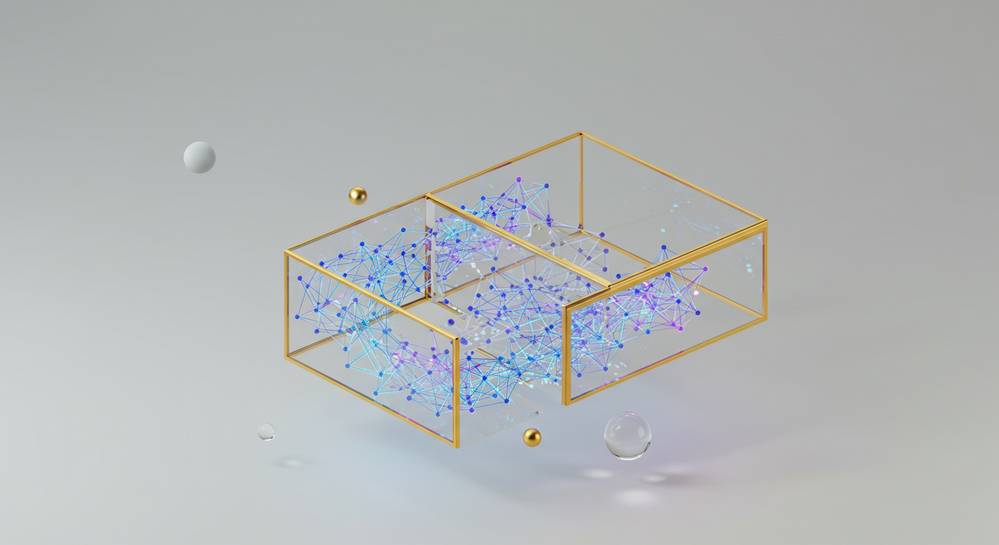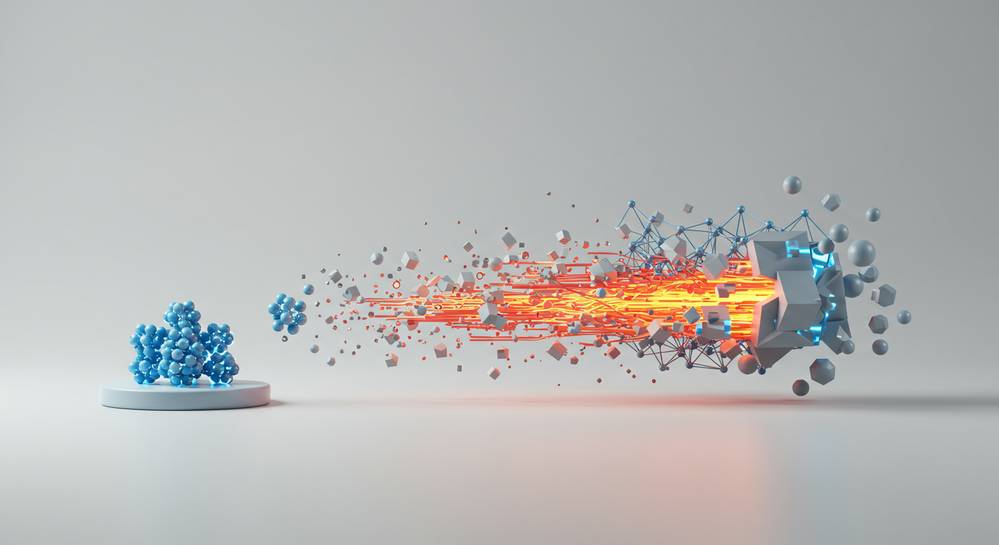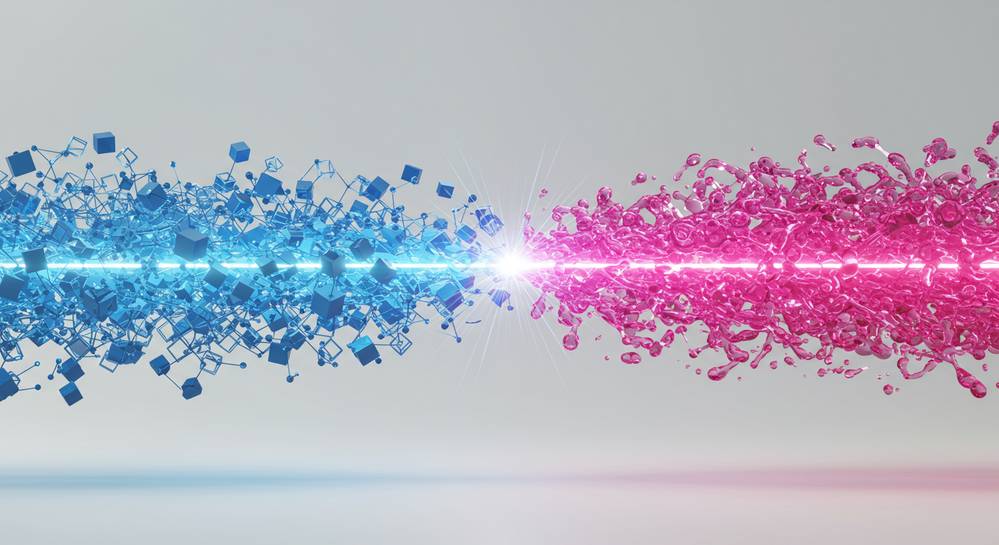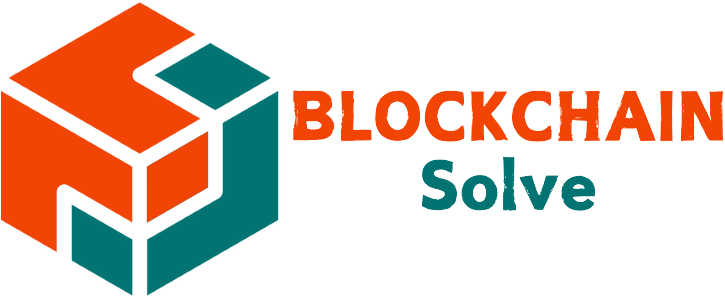As the digital landscape evolves, staying ahead requires understanding the next wave of innovation. The upcoming blockchain news updates 2025 signal a pivotal shift from speculation to practical application and integration. This article explores the core trends in regulation, enterprise adoption, and technological convergence that will define the industry, providing a clear roadmap of what to expect in the year ahead.
The regulatory landscape matures globally

Major shifts in the crypto regulatory framework
The year 2025 marks a pivotal transition from regulatory ambiguity to structured legal oversight. Key blockchain news updates 2025 will undoubtedly focus on how governments worldwide are finalizing clear rules for digital assets. This maturation is essential for building lasting market stability and boosting investor confidence, paving the way for wider mainstream adoption.
- Europe: The region leads with the full implementation of its Markets in Crypto-Assets (MiCA) framework. This creates a unified rulebook for service providers across the EU, enhancing market security.
- United States: Agencies like the SEC and CFTC continue to define their authority. We expect clearer guidelines and more targeted enforcement, potentially opening doors for regulated products like spot Ethereum ETFs.
- Asia: Hubs such as Hong Kong and Singapore are cementing their status with progressive regulations. Their goal is to foster innovation while ensuring robust consumer protection.
Ultimately, these global developments create a more predictable and legitimate operational environment for blockchain projects. While compliance becomes a non-negotiable priority, the clarity provided by emerging blockchain regulations is crucial for sustainable long term growth and institutional adoption.
Enterprise adoption moves beyond pilot programs

Key areas of full scale adoption
The shift from experimentation to ROI-driven implementation is a central theme in blockchain news updates 2025. Companies are no longer satisfied with proofs of concept. They are now integrating blockchain into core operations to generate measurable value. This practical focus marks a significant maturation of enterprise blockchain solutions, moving the technology from a buzzword to a functional business tool.
- Supply chain management: This remains a primary use case. Businesses are leveraging distributed ledgers for unparalleled transparency and efficiency in tracking goods from origin to consumer. The focus is on creating resilient and trustworthy supply networks.
- Finance and banking: The technology is streamlining complex processes like cross border payments and trade finance. This reduces transaction times and costs, while also enhancing security and simplifying settlement.
This enterprise level movement is driven by clear benefits. Enhanced security, greater operational transparency, and reduced dependence on intermediaries are compelling advantages. As more successful case studies emerge, the confidence to invest in blockchain technology in the supply chain and other sectors will only grow, accelerating its integration.
The rise of DePIN and real world assets
Connecting blockchain to the physical world
Two of the most compelling narratives in the blockchain news updates 2025 are Decentralized Physical Infrastructure Networks (DePIN) and Real-World Assets (RWAs). These trends are set to bridge the gap between the digital ledger and our tangible world. They represent a major step forward, moving blockchain beyond purely digital applications into solving real-world infrastructure and financial challenges.
- DePIN: These networks use token incentives to crowdsource the creation and maintenance of physical infrastructure. This includes projects like decentralized wireless networks, data storage solutions, or energy grids. DePIN offers a more democratic and efficient model for building essential services.
- RWAs: This involves creating digital tokens on a blockchain that represent ownership of tangible assets. The tokenization of real world assets like property or private credit unlocks liquidity for traditionally illiquid markets and enables fractional ownership for more investors.
By 2025, we expect significant growth in platforms specializing in RWA tokenization. The expanding ecosystem of DePIN projects will also begin to address and solve large-scale, real-world problems more effectively.
AI and blockchain integration accelerates

A powerful technological partnership emerges
The convergence of Artificial Intelligence (AI) and blockchain is a powerful combination, poised to become a major driver of innovation. Many blockchain news updates 2025 will highlight this synergy, as it addresses key challenges in both fields. This integration unlocks new capabilities, creating systems that are both more intelligent and more trustworthy, which is a critical step for the next wave of technological advancement.
- How AI enhances blockchain: AI algorithms can significantly improve blockchain networks. They automate governance, optimize energy consumption for mining, and analyze smart contracts for vulnerabilities. This greatly improves the security and efficiency of decentralized applications.
- How blockchain enhances AI: Blockchain solves some of AI’s biggest problems: trust and data integrity. By recording data on an immutable ledger, it ensures the information used to train AI models is tamper-proof and traceable. This is crucial for developing responsible AI in sensitive fields.
This partnership creates a more secure, intelligent, and autonomous technological future. The fusion of AI’s analytical power with blockchain’s transparent security will redefine what is possible across numerous industries, from finance to healthcare.
The year 2025 is poised to be a landmark for blockchain technology, characterized by regulatory clarity, practical enterprise use, and groundbreaking integration with physical assets and AI. Staying informed is key to navigating these changes. For the latest insights and expert analysis, continue to follow Blockchain Solve.

